The Article
Goldring E3 Cartridge: toting a super-elliptical stylus
30th July 2017
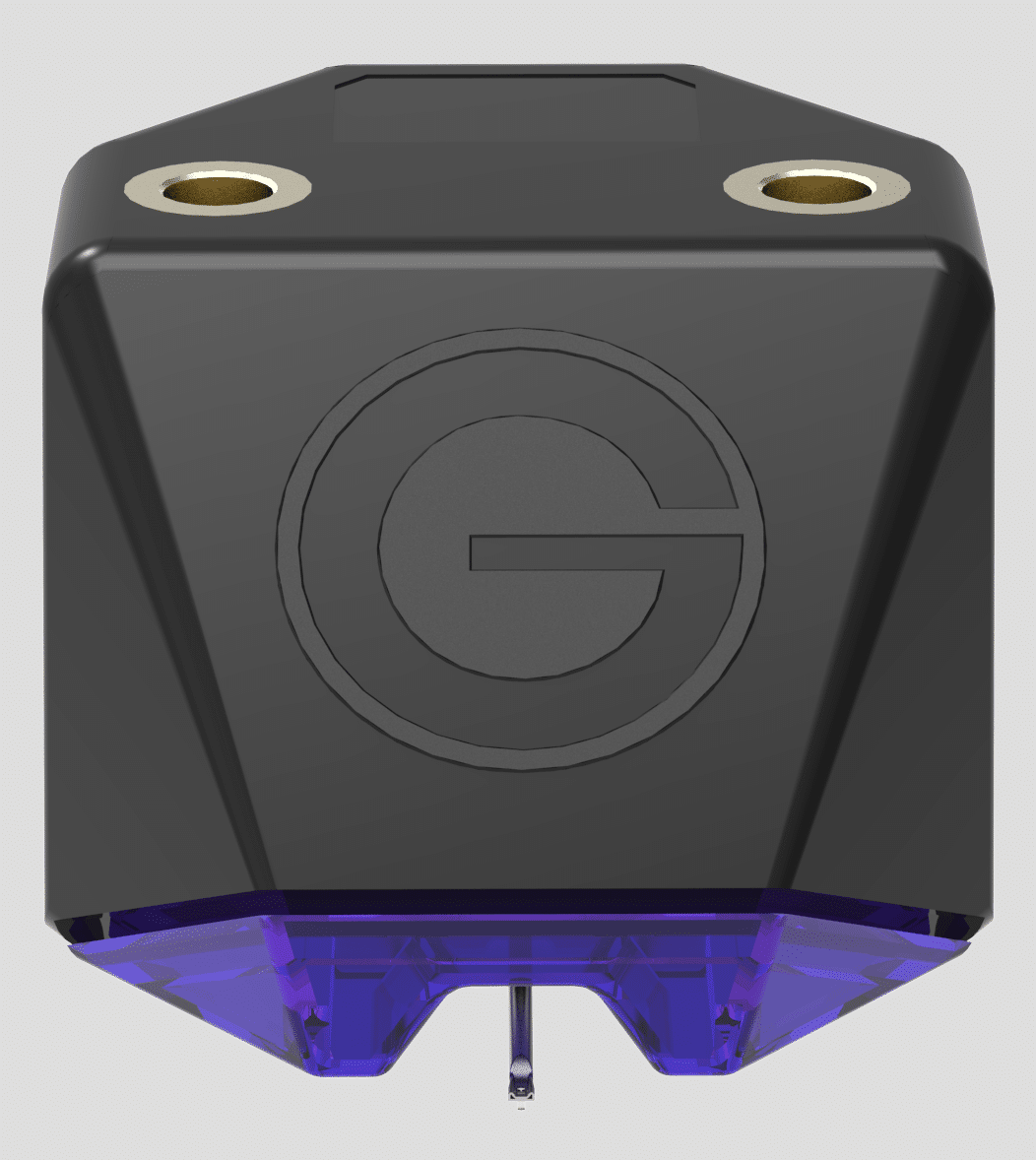
Goldring has been in business since 1906, so it’s about time Paul Rigby reviewed one of its products then, eh? It has waited long enough! In this review, he tackles the new E3 cartridge
The company recently announced the launch of its E series of cartridges. All relatively low cost and all of interest to either budget users or those looking to upgrade their introductory cartridge with something rather more interesting.
The three units in the E series are based upon Magnetic Duplex Technology (you can add a ™ in there, if you wish). The idea behind the technology is to improve stereo rendition. Both the E1 and E2 models include spherical styli with a choice of cantilevers. The E3 model, which I look at here, has an aluminium cantilever – the same unit used on the E1 and E2 – but adds a “superior bonded”, super-elliptical stylus measuring 0.3 x 0.7mil. This is what attracted me to the E3, I was looking for a blend of value and high frequency groove detail retrieval as well as sibilance reduction. Especially as a basic elliptical stylus measure around 0.4 x 0.7mil. Compare those measurements too with the E1 and E2’s spherical tip at 0.6mil.
According to Goldring, “The E Series cartridges use a specially designed adjustment screw to locate the cantilever, rather than the standard xed pin, allowing micro-adjustments during production. This pre-set azimuth means crosstalk is already optimised and the cartridge can be safely installed in a typical turntable with no correction required.”
During the record mastering process the cutting lathe records stereo information as a ‘V’ shaped groove which has perpendicular side walls angled at 45°, “Conventional moving magnet cartridges,” added the company, “use a single large magnet that interacts with two vertically mounted coils to produce a stereo signal from the groove. This can introduce crosstalk and so only offers a modest amount of stereo separation.”
This is why the Goldring E Series cartridges feature a dual magnet arrangement, “Magnetic Duplex Technology uses two low mass magnets which interact only with their partnering pickup coil, angled at 45° to match the cutting head arrangement. This enables the cartridges to more accurately trace the record groove because they precisely emulate the geometry of the cutting head, making for better stereo separation and a more accurate, involving and musical soundstage.”
I was happy to see that the Goldring chassis features threaded screw holes inside the chassis itself. This is a £100 moving magnet cartridge and thus will feature in the hands of beginners or cautious vinyl users possibly unfamiliar with regular cartridge fittings. The last thing you want to do to a nervous hi-fi installer is tell them to juggle tiny screws that dangle outside of a chassis, adopting odd and scary angles depending on how you hold them, with tiny nuts that threaten to ping off into a dimension occupied solely by cartridge nuts, pens and odd socks and then try to tighten the entire thing with a tiny screwdriver while, at the same time, avoiding the cantilever! It’s bad enough asking an experienced hi-fi journalist to do such a thing, never mind an uneasy music fan. Goldring have got this part of the design right.
Fitting the Goldring to my tonearm (with 2g of downforce) was intriguing mainly because, once in there, it looks absolutely enormous! It reminded me of some of the cartridges used on hi-fi in the 60s or even the 50s. The Goldring chassis is obviously a nostalgic reflection on times when men were men and cartridges were the size of an articulated lorry. Yet, the very largeness of the thing also helped in terms of installation. It imbued more confidence during handling.
SOUND QUALITY
I began by playing the original pressing of Nancy Sinatra’s LP Country, My Way, produced by Lee Hazelwood and the track, It’s Such a Pretty World Today, a wholly romantic, even twee song.
The initial impression was an over-whelming sense of focus from the Goldring. This track had Sinatra’s voiced pushed down a classic echo chamber and so, even the slightest midrange smearing combined with excessive noise will puff out the voice in a cloud of nasty distortive attack. The Goldring took immediate control of any potentially wayward frequencies and reigned in the Sinatra voice to give her delivery a rather playful and wistful quality. The echo chamber obviously still remained as an effect but Sinatra’s voice presented welcome femininity instead of Goldzilla in a skirt.
This focus also leant itself to aiding the backing singers. Their harmonies tended to rise in the higher registers which only added to the smeared mids. The new level of precision, though, added welcome harmonic textures that gave the vocals a layered richness.
Another element that could have suffered from the loose upper mids was the notable twangy slide guitar. The Goldring provided a sense impressive detail from this instrument. Speaking of which, the Goldring’s lower noise performance meant that the piano popped out of the mix, giving a tonally realistic performance. The piano, on this track is an adjunct to the main song but its an important one that gives breadth to the soundstage.
Percussion and bass also now had a greater sense of recognition because the lack of bass bloom drew them both from a blacker background. Hence, the new level of clarity enabled the ear to pick up a new sense of impact and strength from this area.
Another notable aspect of the soundstage were the acoustic guitars, the attacking strumming on the right channel and the subtle strumming on the left. Both offered tremendous midrange insight and musicality that added a sense of speed to the performance.
I then turned to the post punk vibes from Die Werkpiloten via Germany’s Vinyl on Demand label from 2012.
This is a drum-heavy LP, fast paced percussion and high energy to boot and I was impressed by the organic nature of the drums. The Goldring gave the music impact and power and a real sense of pace but kept in touched with the humaneseque nature of the drums, rounding their edges just enough to prevent and sense of the clinical.
The low noise approach to the Goldring also enhanced the instrumental separation along the soundstage, giving each instrument a sense of space to perform at its best. The soundstage never felt crowded or stilted and the lead vocal thus provided an emotional yet flowing performance.
CONCLUSION
Sensibly designed for use by beginners or vinyl fans with minimal hardware experience, the considered design of the E3 provides a sense of clarity and midrange purity with a bass that delights in terms of information and character. In terms of the inherent sound quality from this cartridge, the E3 provides exceptional value for money. In fact, it is one of the best budget cartridges, at this price point, currently for sale on the market.
GOLDRING E3 CARTRIDGE
Price: £100
Web: www.goldring.co.uk
TO BUY CLICK BELOW:
USA – https://amzn.to/2TPSslC
EUROPE – https://amzn.to/2GkAYuE
GOOD: focus, precision, clarity, midrange control, bass impact, design, price
BAD: none
RATING: 9
REFERENCE
Rega RP3 turntable
Ortofon 2M Red
Trichord Dino phono amplifier
Rega Brio-R amplifier
Spendor S3/5R2 speakers
Tellurium Q cables
Harmonic Resolution Systems Noise Reduction Components
All vinyl was cleaned using Audio Desk’s Ultrasonic Pro Vinyl Cleaner

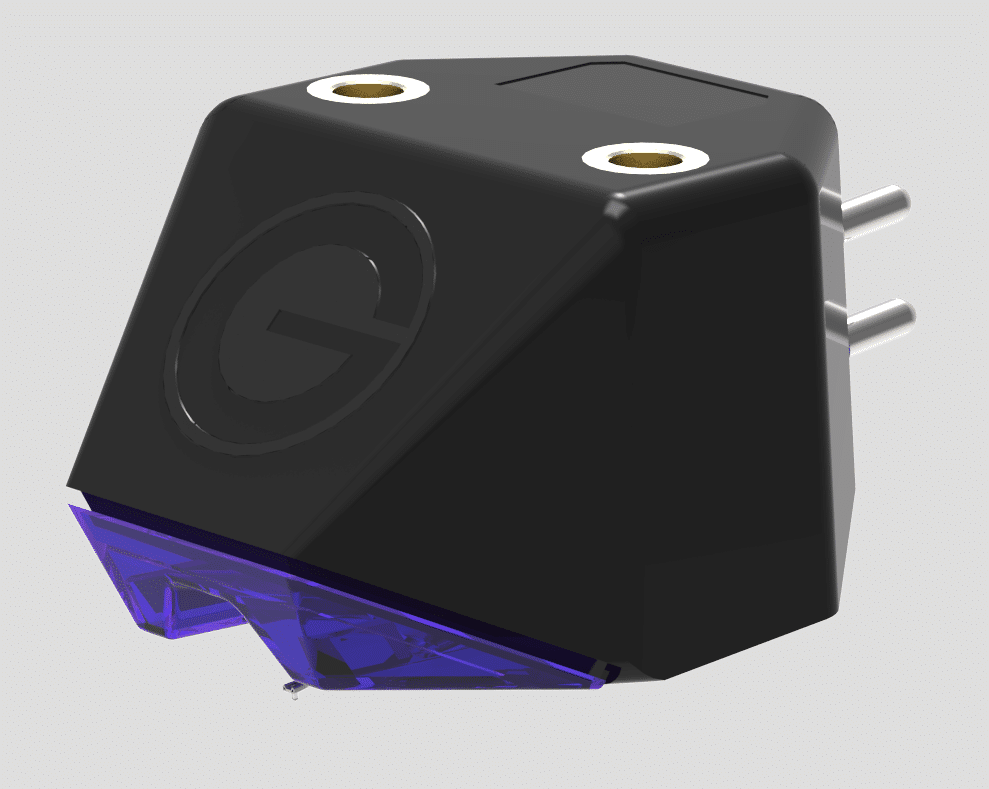
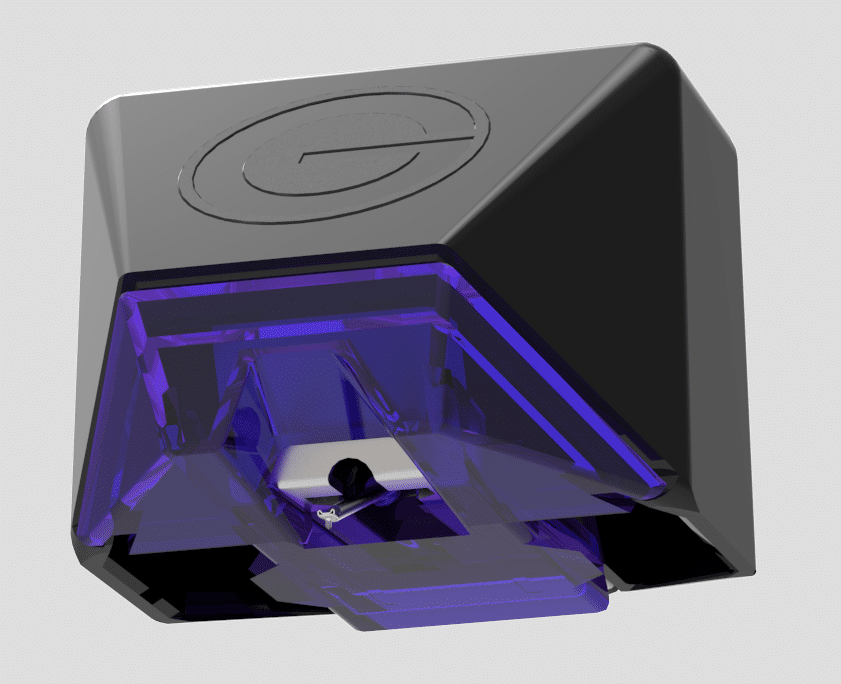
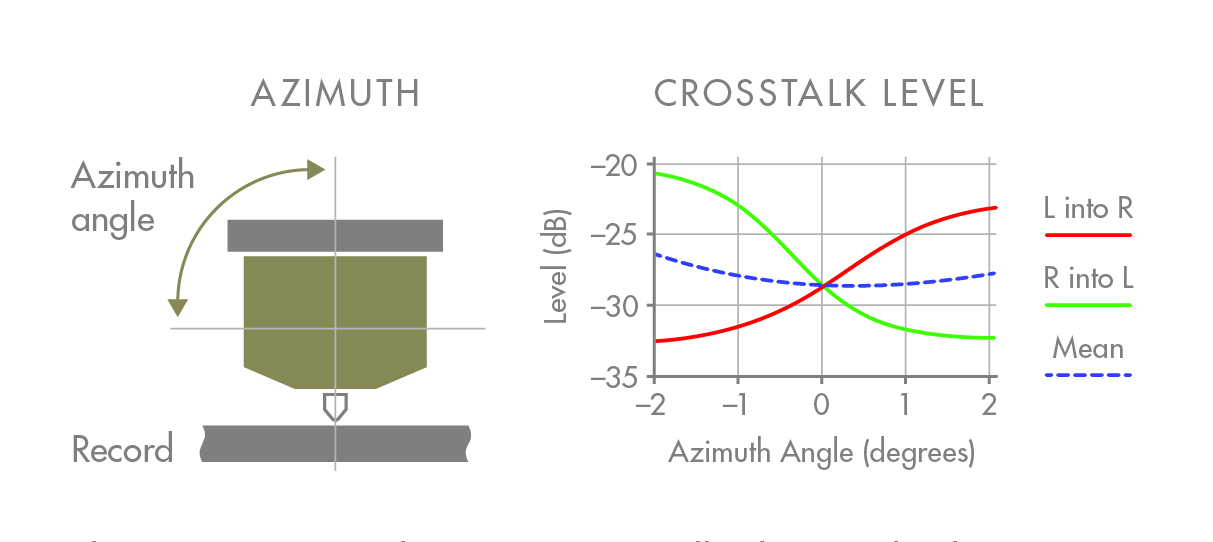
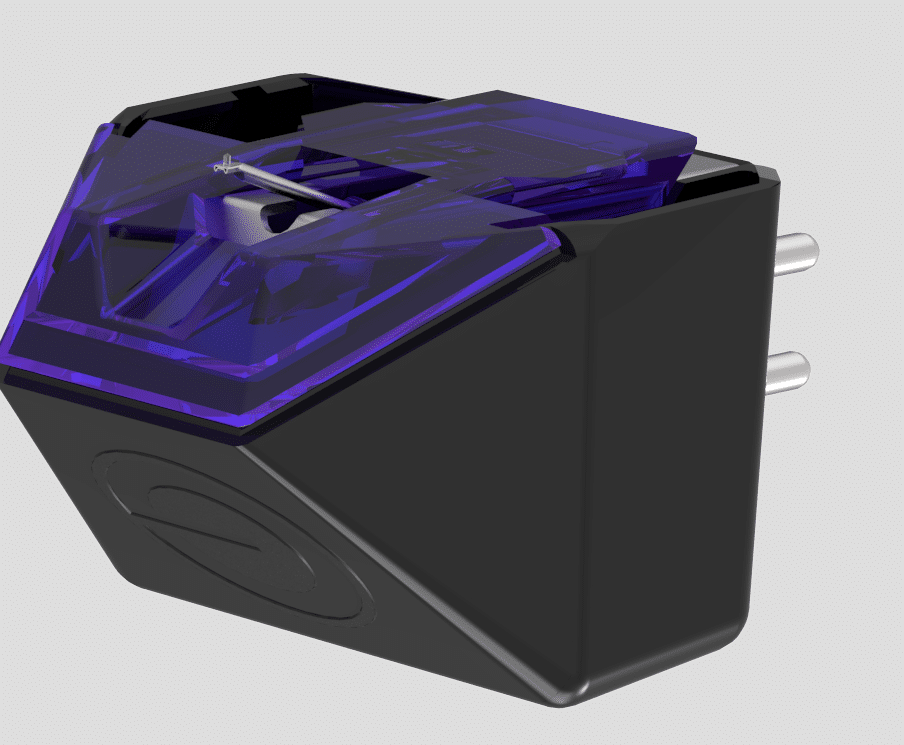
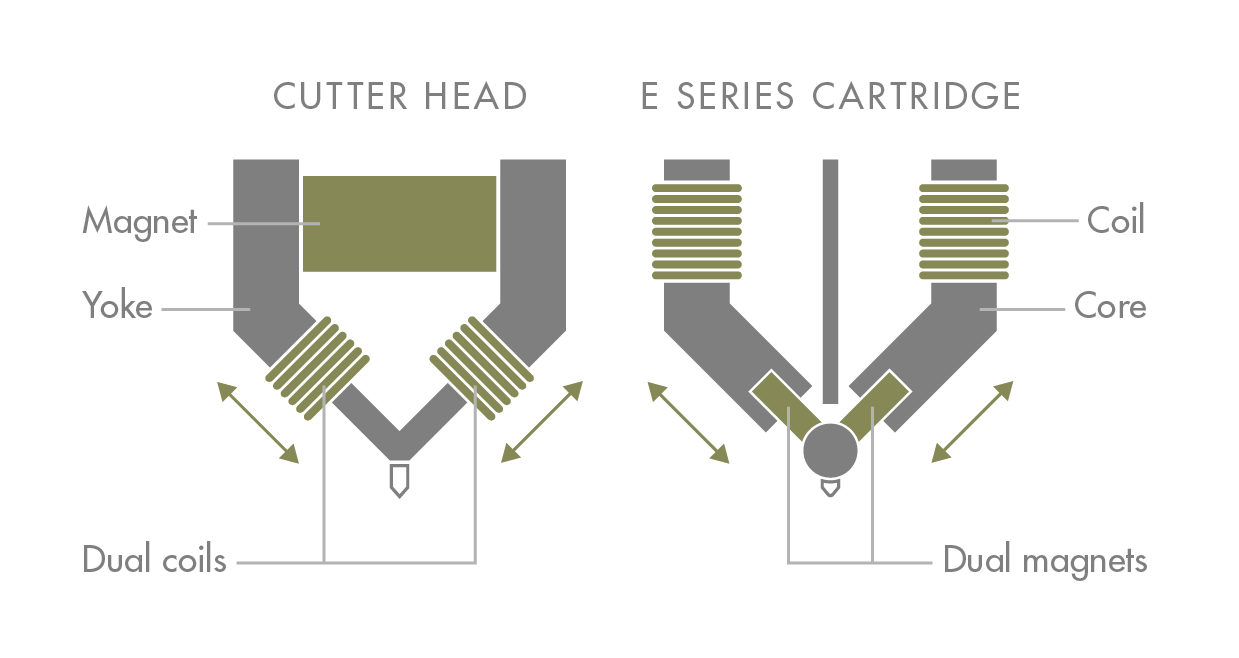
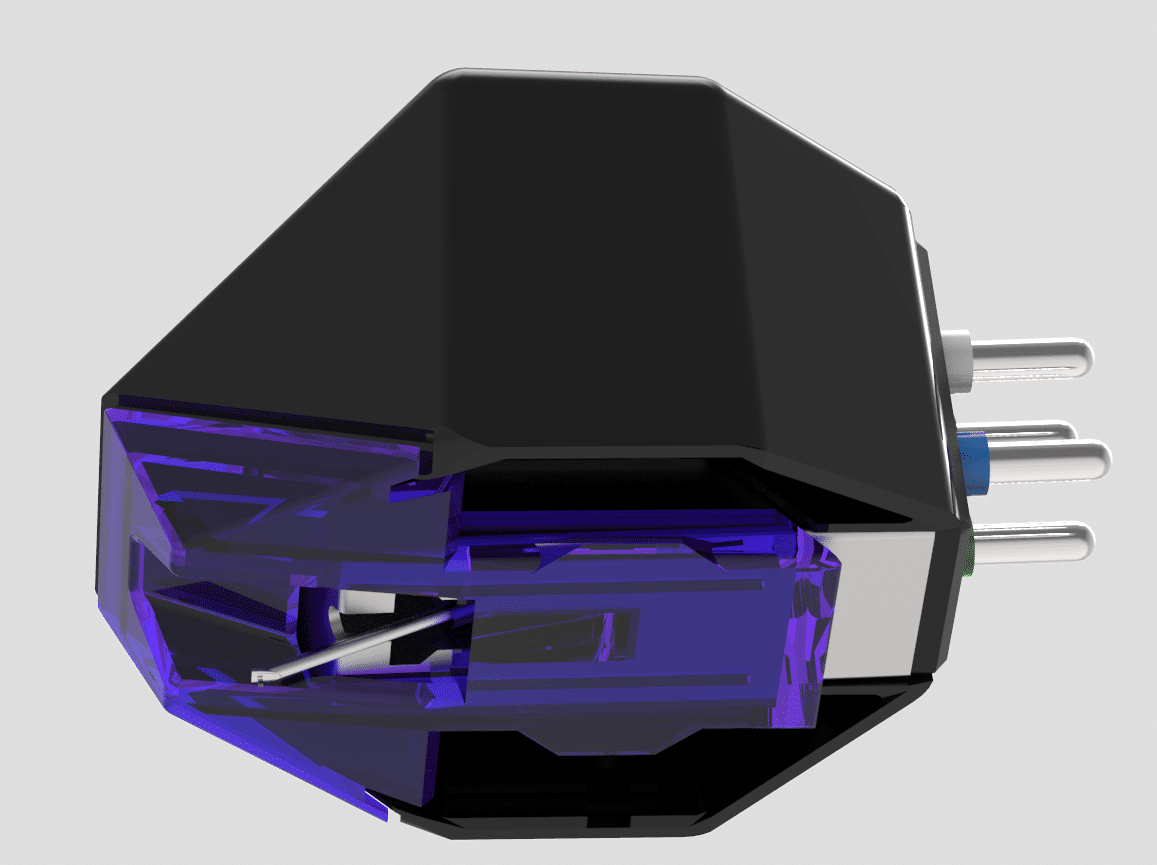
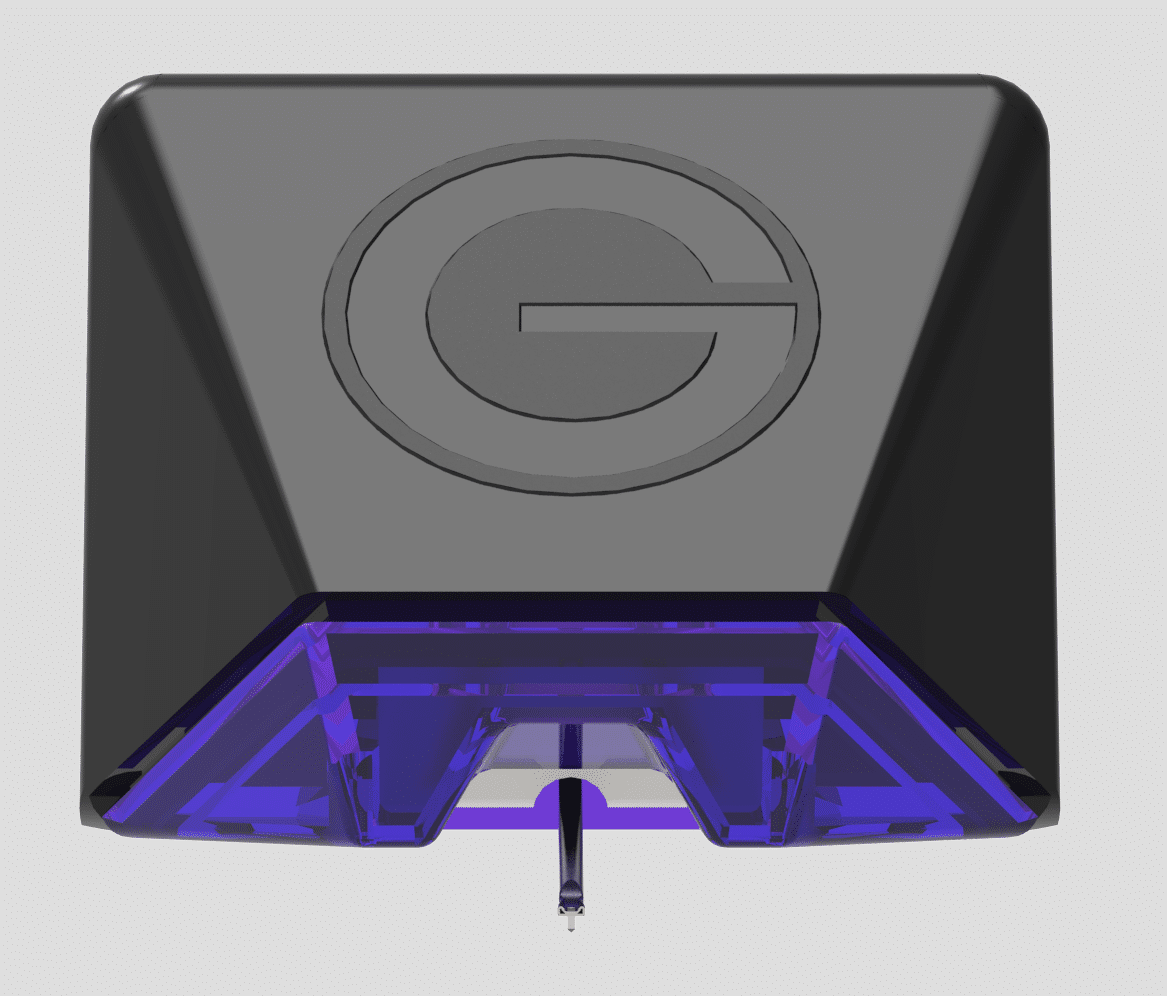
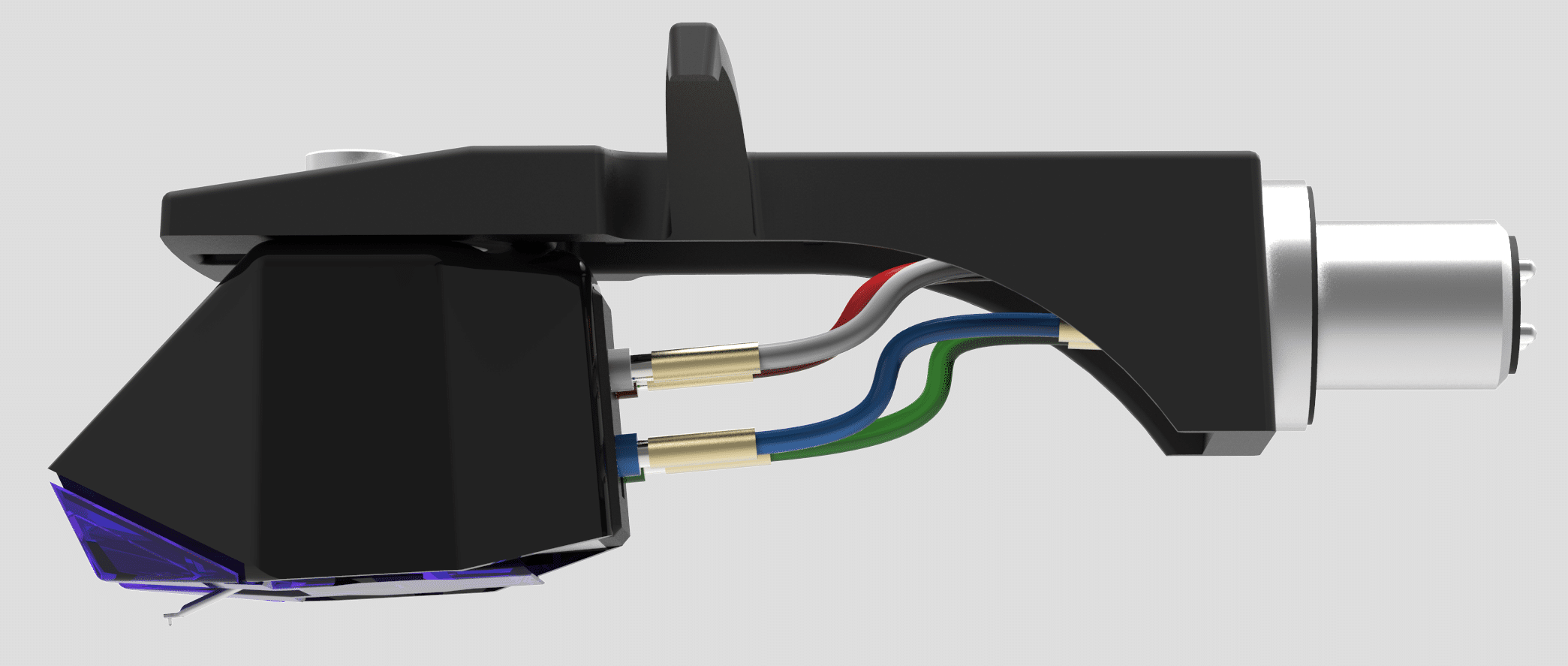
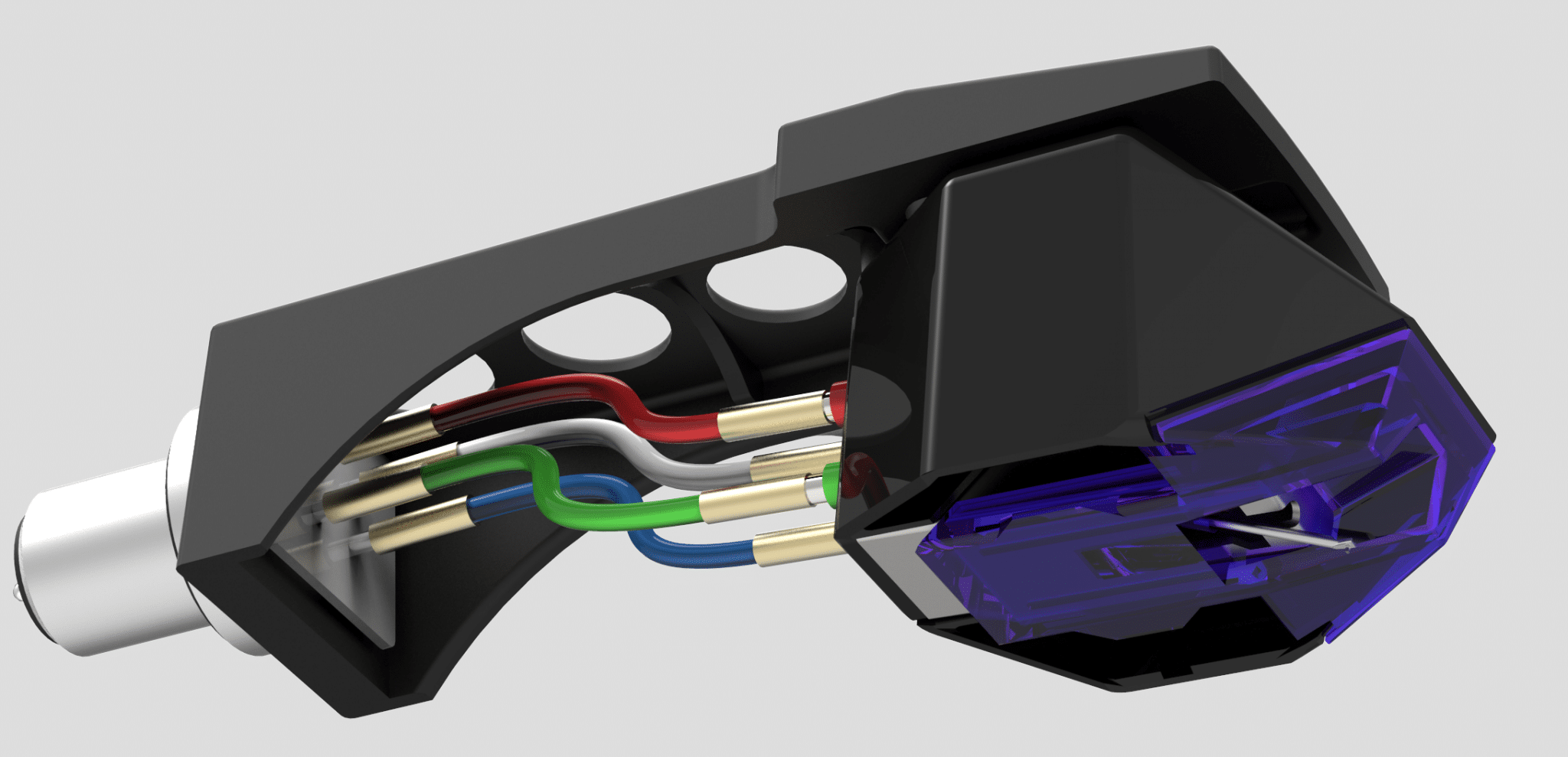
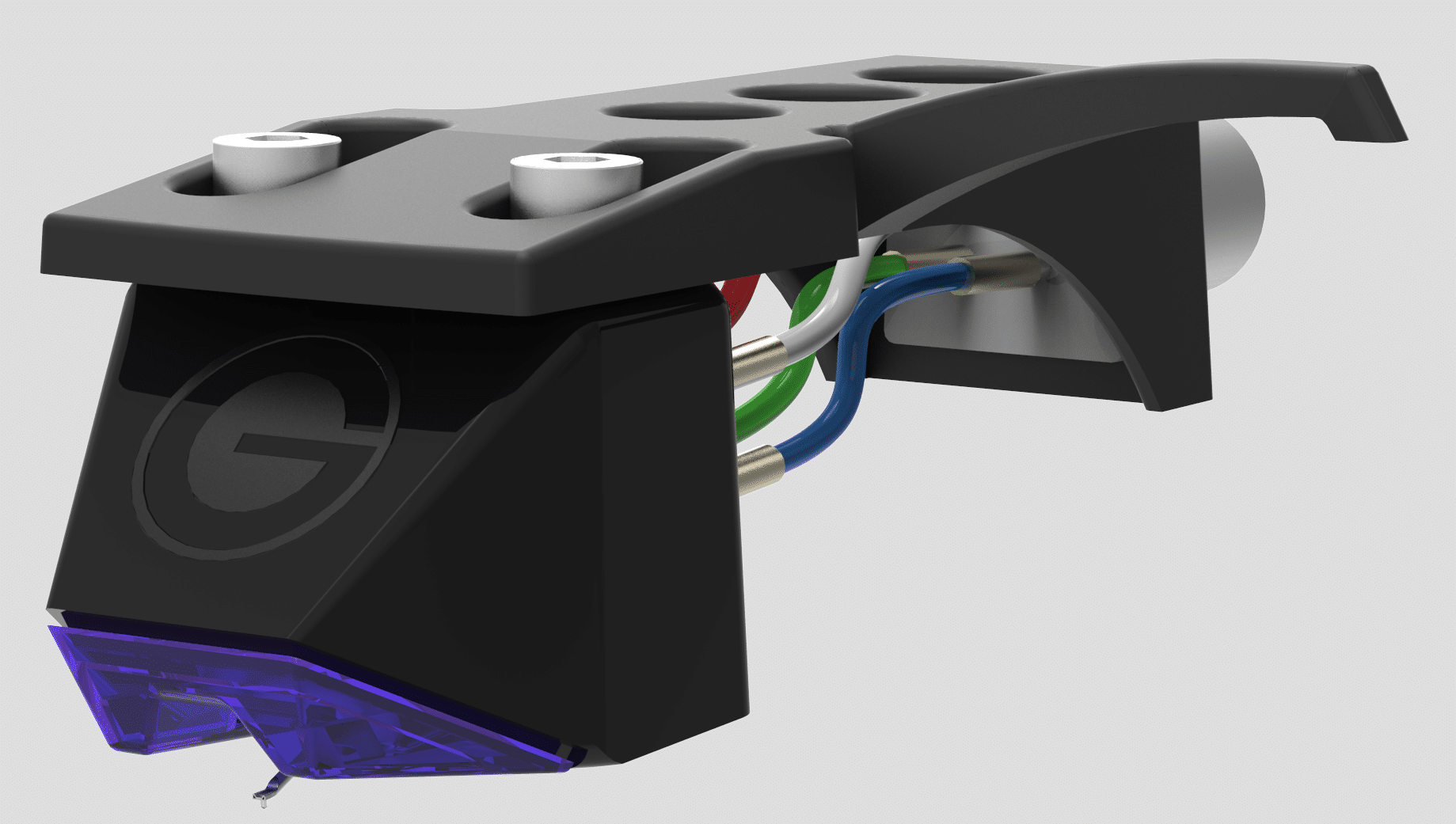
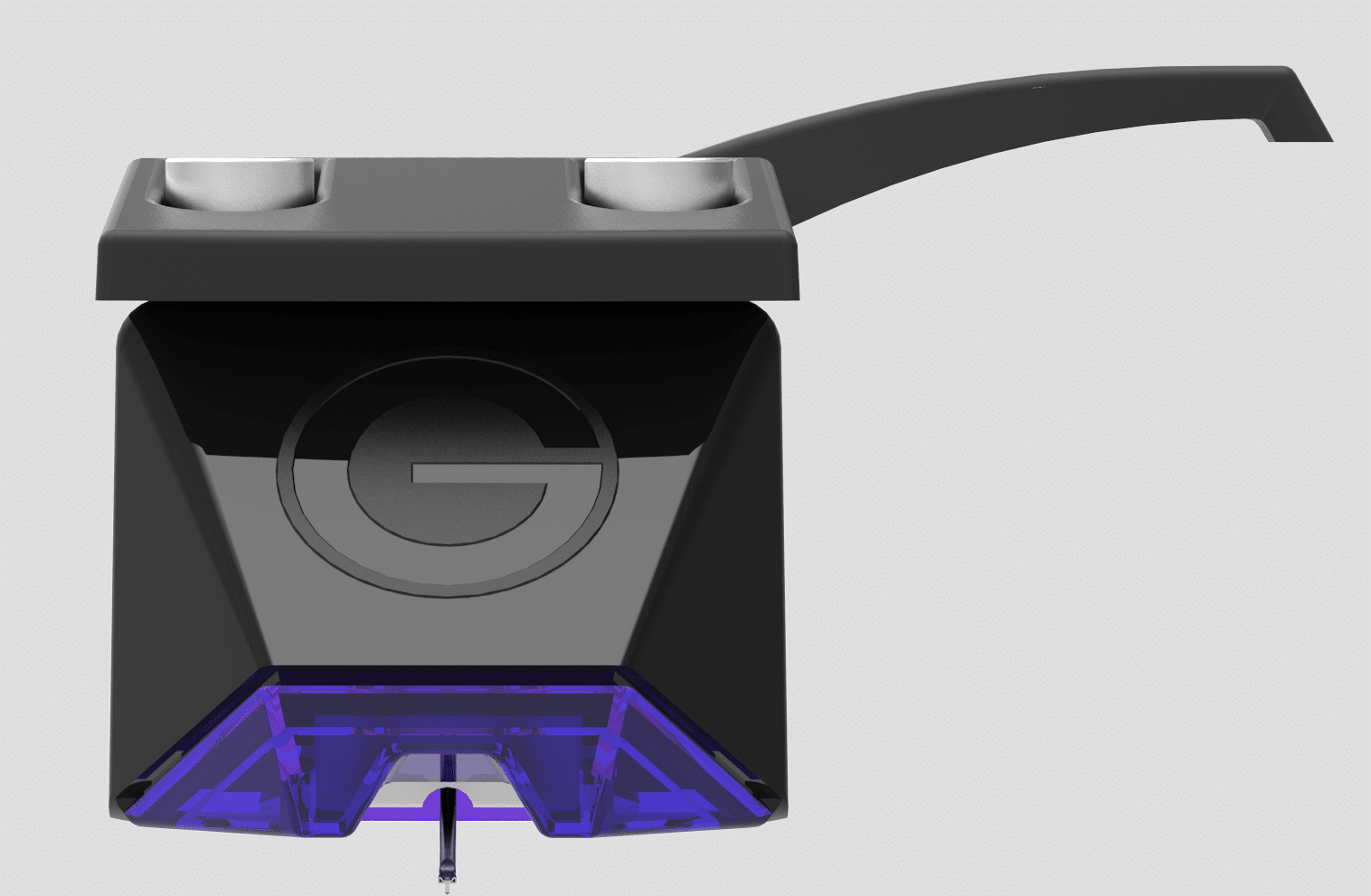
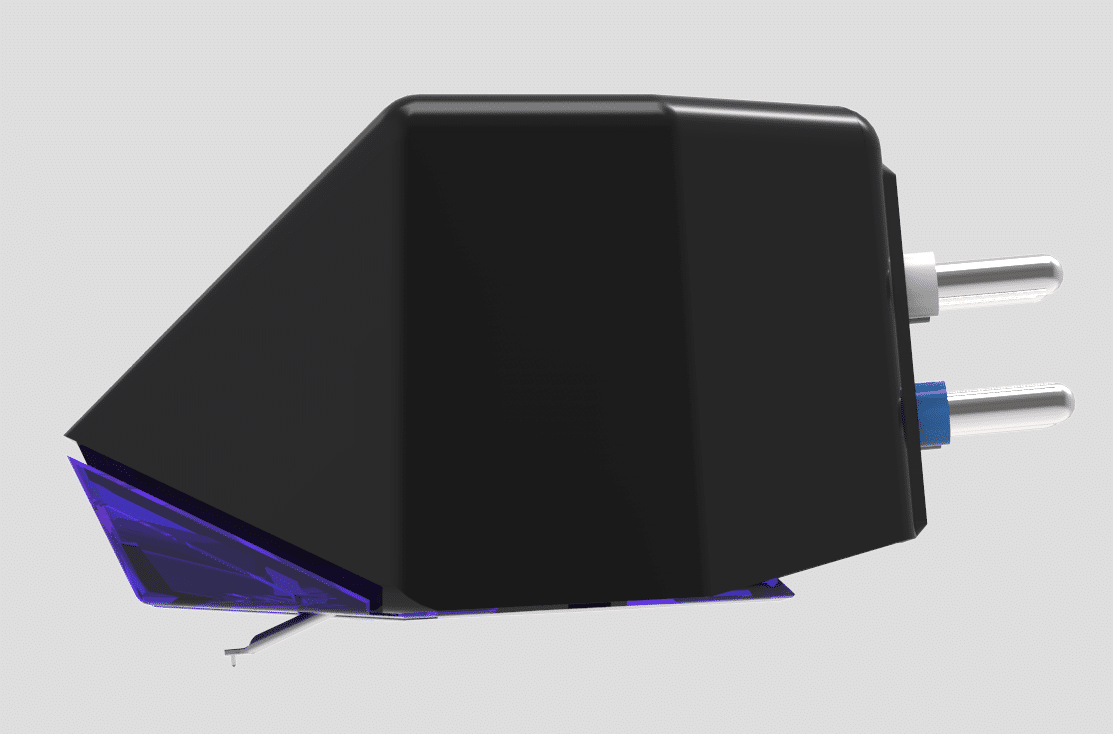



Hi Paul!
Thank you for the great review, would like to buy a Teac TN 4D and replace the cartridge it comes with(Sumiko Oyster) with the E3 , would it be a good combo for the money?
Thanks
Eduard
I’ve never reviewed this design – I did ask for a Teac turntable to be reviewed once and was turned down, the company wasn’t releasing any review samples…to anyone. I found the odd. But I digress. Yes, the E3 should be fine.
Thank you for your quick answer, i found the Teac to be a good value(at least on paper), wanted to go for the Reloop Turn 5 which is very interesting option but more expensive.
I bought a new Goldring E2 Phono Cartridge; and very recently a Goldring E3 Stylus. I may mount the Goldring on my harman kardon T25 belt drive turntable. Or I was thinking maybe mounting the Goldring E3 on my used Rega Planar 3, silicone drive belt, and Linn Basik Plus tonearm. However, for now it’s got a new AT95E MM cartridge that I exactly mounted.
Rega Planar 3 was changed from the previous owner; and fortunately I found the Linn tonearm that has the mounting distance of 211mm – from centre’s spindle to tonearm pivot’s centre to fit. Previous owner drilled the hole for the tonearm’s post to that measurement of 211mm, instead of Rega’s 222mm; which I thought, and believed that it was that measurement! Therefore, I went to a lot of work to make this turntable function!
At present is an Audio Technica AT70 cartridge on the hk T25 turntable. Going to replace with a new ATN70 from a new ATN71 I previously installed. I’m doing experiments with the sound of music to a HK TD212 Cassette Deck, too (I have a HK TD302 Deck, but it broke down).
In your expert opinion what is the best turntable of preference, and especially tonearm for the Goldring E3 cartridge in my case, Paul? Is it the Harman Kardon T25, or the Rega Planar 3 with the used Linn Basik Plus tonearm that’s in good condition? Thank you for any sound advice.
Hi George – I’d go for the Rega.
Hi Paul,
I bought a Technics SL 1200 kitted out for a DJ (Ortofon Concorde cartridge/Night Club stylus) which I want to convert to a more audiophile-friendly system. I’ve heard good things about both the Goldring E3 and the Ortofon 2M Blue – which cartridge would you recommend? My records are in good condition, mainly 60s/70s recordings.
Thanks,
Chris
The Blue is the better model of the two Рbut it should be at around twice the price. The E3 is the best cart around the £100 area.
Thanks!
Thought I’d let you know I went with the Blue and it sounds great! Thanks for the recommendation. I had to mount it on a new headshell so I picked up a $10 one on Amazon that looked OK, however it does not sit 100% horizontally on my SL 1200 tone arm. I can’t adjust the headshell as it screws into the tone arm and lines up with the pins, so I tried inserting a thin piece of plastic between the headshell and cartridge to even things out a bit, but the result wasn’t great. Wondering what you would do in this situation. Are there pre-made ‘spacers’ available that might work? Should I just get another headshell? Any advice welcome!
Thanks,
Chris
Buy a better headshell, Chris. Why fix it with a temporary Elastoplast solution when you really need to address the root of the issue? If your headshell is not performing properly then I would sort that first.
Got myself a decent Audio Technica, and with a bit of twisting everything is now set up perfectly. Thanks for the advice, Paul!